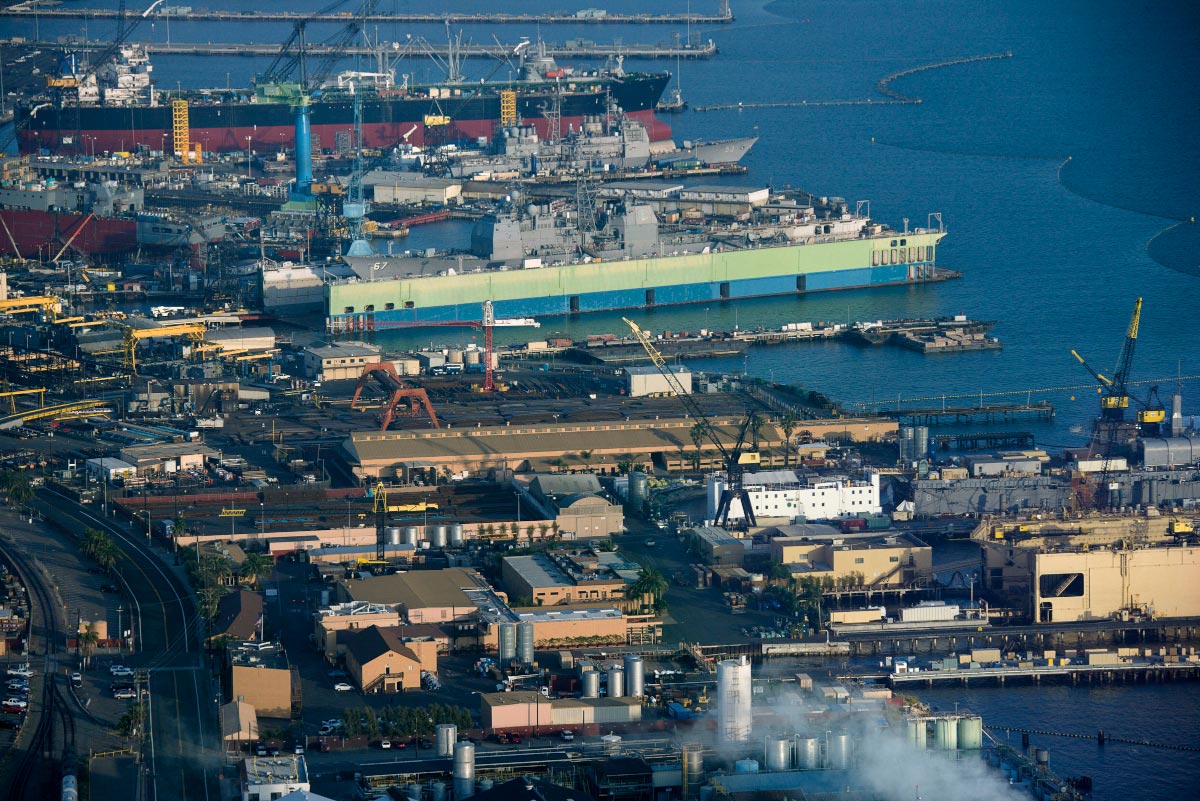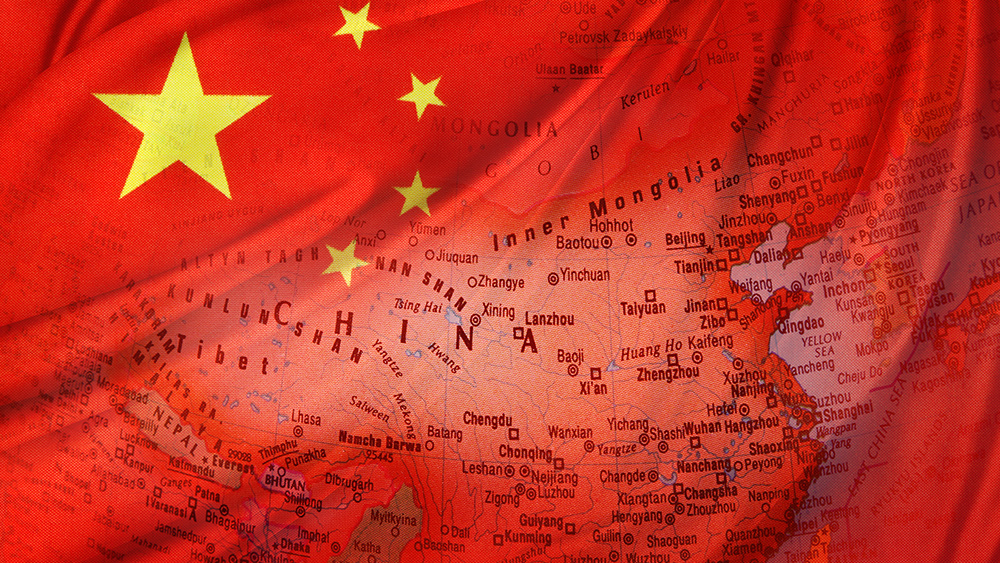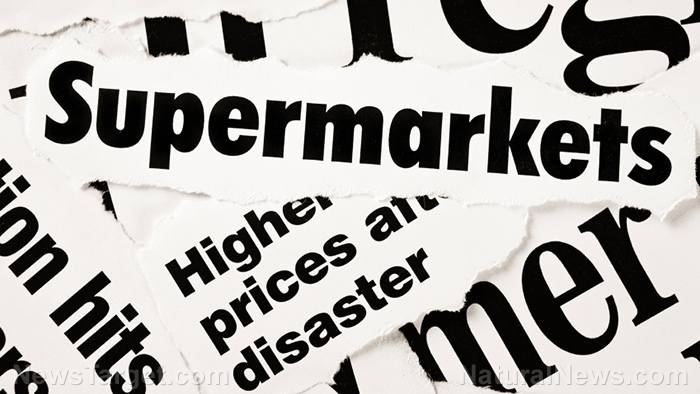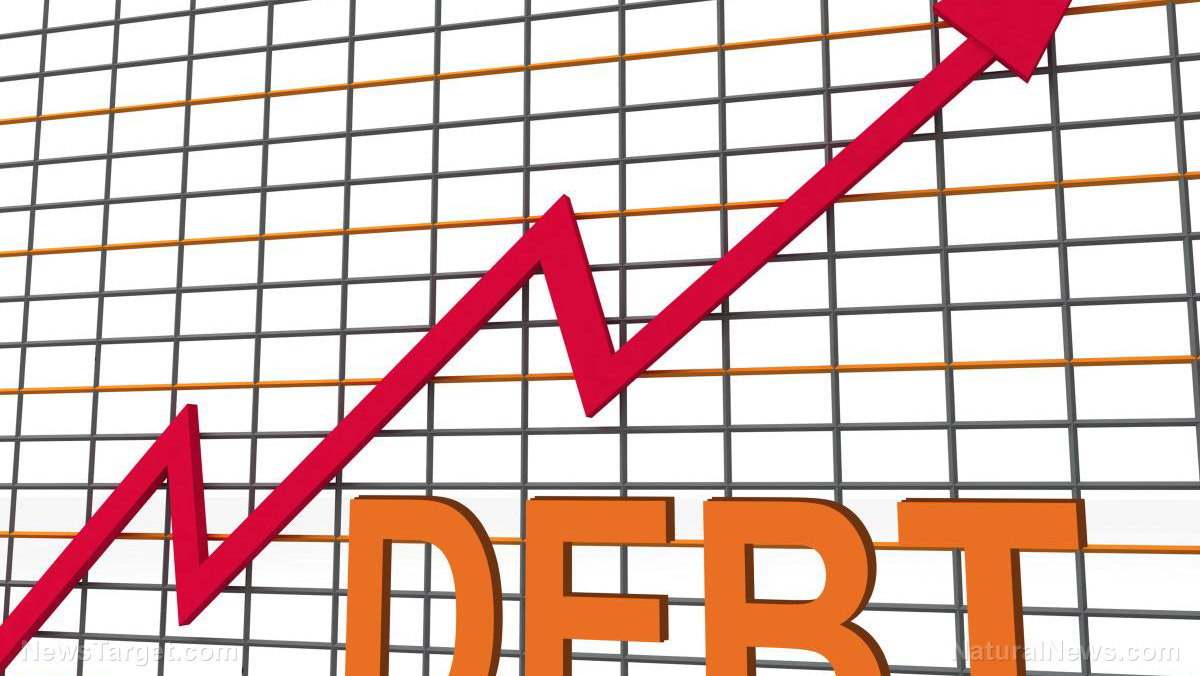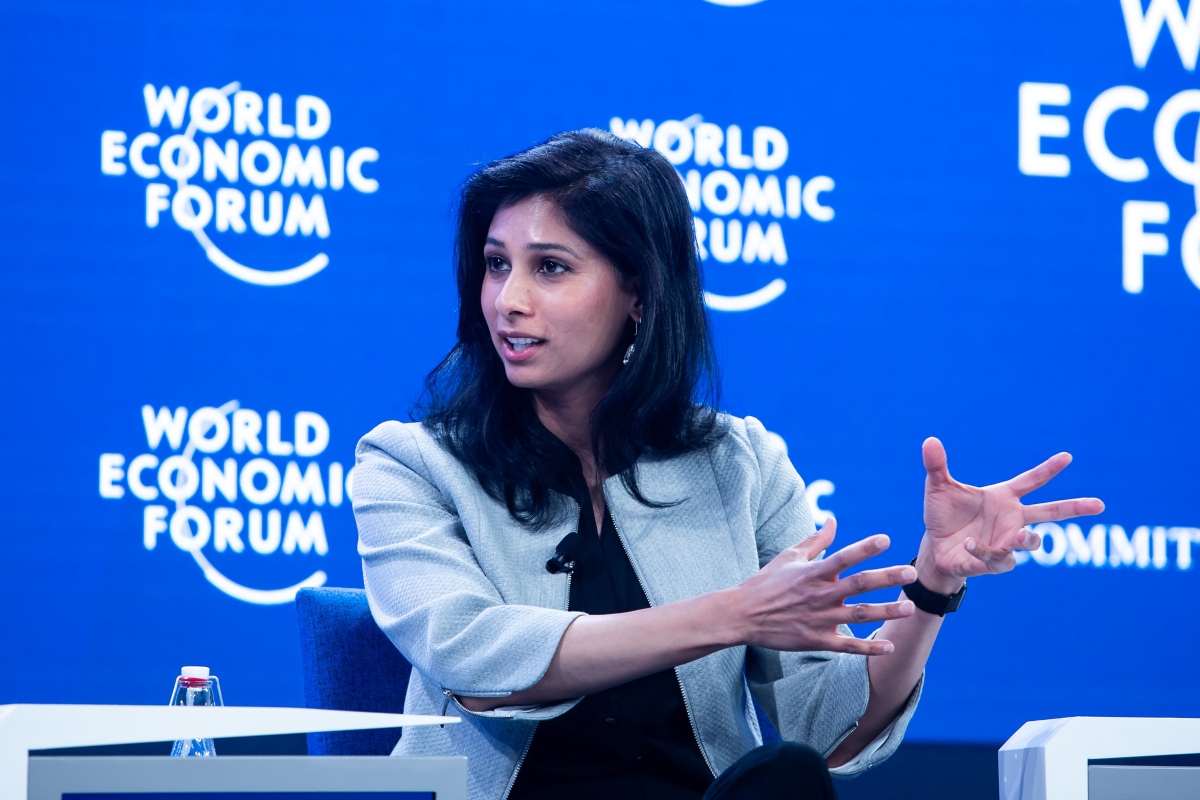Meat-eaters paying the most as food inflation soars
06/04/2021 / By Franz Walker

Soaring food prices are affecting grocery shoppers all over America. Among those, the hardest hit are meat-eaters, who are bearing the brunt of the surge in prices.
According to a Morning Consult survey of about 2,200 U.S. adults, one in three Americans say that they’re spending more on groceries than they were at the start of 2021. In particular, red meat was the ingredient most cited for its higher prices, followed by chicken.
Soaring commodity costs, as well as costlier transportation and a more challenging labor market, have driven food inflation in recent months. In addition, rising demand for meat, from home cooks as well as the booming fast-food industry, has also buoyed prices. (Related: Food prices will climb in 2021 as inflation accelerates.)
“We’ve got these pockets of inflation without having corresponding wage growth, and that’s going to put consumers in a really tough spot,” said Morning Consult economist John Leer in an interview with Bloomberg.
As a result of the rising prices, about a quarter of American shoppers say that they’ve started buying fewer food items overall during the Wuhan coronavirus pandemic, according to the survey. This includes buying less meat.
In addition, rising grocery bills also appear to impact shoppers of color disproportionately. More than 40 percent of Black and Hispanic respondents reported higher grocery costs since the start of the year. White Americans, on the other hand, mostly reported no change in spending.
According to Leer, this is likely because minority communities have been hit harder by the pandemic. This means that those shoppers are more likely to swap restaurant spending for more economical grocery shopping. This results in higher grocery bills but lower overall food costs.
Food inflation here to stay
The rising prices of raw materials have broad repercussions for households and businesses, threatening a world economy trying to recover from the damage of the pandemic. The increased prices help fuel food inflation, which is bringing more pain to families already struggling with financial pressure from the loss of jobs and income.
Meanwhile, for central banks, an increase in prices at a time of weak growth creates an unwelcome policy choice and could limit their ability to loosen policy.
“There seems to be sort of a bullish force behind the prices internationally,” said Abdolreza Abbassian, senior economist at the United Nations’ Food and Agriculture Organization. “The indications are that there is very little reason to believe prices would remain at these levels. It’s more likely they will rise further. Hardship is still ahead.”
Particularly vulnerable are emerging markets – already under pressure from weaker currencies – due to the fact that food costs make up a larger share of their spending.
“The relentless rise in prices acts as a misery multiplier, driving millions deeper into hunger and desperation,” said Chris Nikoi, the World Food Programme’s regional director for West Africa, noting that it’s “pushing a basic meal beyond the reach of millions of poor families who were already struggling to get by.”
The latest round of crop spikes followed months of price gains fueled by booming import demand from China. The price of corn has doubled in the past year, while soybeans are up about 80 percent and wheat 30 percent. China’s continuing purchases, alongside a spate of adverse weather conditions threatening crops in the U.S. and Brazil, mean that there are few signs of respite.
The impact on grocery shelves can already be seen in the surging meat prices in the U.S and Brazil, as well as in the rising prices of tortillas in Mexico and retail palm oil in Myanmar.
“Generally people see this inflation continuing,” said Tosin Jack, an analyst who works at Mintec, a company that monitors commodity prices. “The trend will continue for some time and it will translate into consumer goods.”
Food inflation is worrying governments
Global food costs have surged for 10 months straight, according to a UN food gauge. This is the longest rally in more than a decade. This surge is stirring memories of 2008 and 2011, when spikes in food prices led to riots in more than 30 nations across Africa, Asia and the Middle East. This, in turn, is making governments across the globe nervous.
Russia, one of the world’s biggest exporters of grain, has ordered a freeze on some retail food prices while taking steps to curb shipments. Bolivia, on the other hand, has temporarily banned beef exports to safeguard supplies at home and put a cap on prices.
Even in wealthier nations, where food represents a smaller percentage of overall consumer spending, changes to some bills could be coming. For example, in Europe, the time lag between rising commodity prices and higher shelf prices is typically six months, according to OC&C Strategy Consultants. Manufacturers and retailers often use various techniques to soften the blow for consumers. These include cutting the depth of promotions or reducing the size of products while keeping prices unchanged.
But these techniques may not work for much longer.
“Once the big commodities, like wheat, sugar, bulk oils, start rising in price for a sustained period of time manufacturers have little choice but to pass those higher costs on,” said OC&C’s Will Hayllar.
For more on the rising prices of food, follow FoodSupply.news.
Sources include:
Submit a correction >>
Tagged Under:
economics, economy, emergency food, food independence, food inflation, food prices, food safety, food security, food supply, Inflation, pandemic, survival food
This article may contain statements that reflect the opinion of the author
RECENT NEWS & ARTICLES
COPYRIGHT © 2017 MARKET CRASH NEWS




